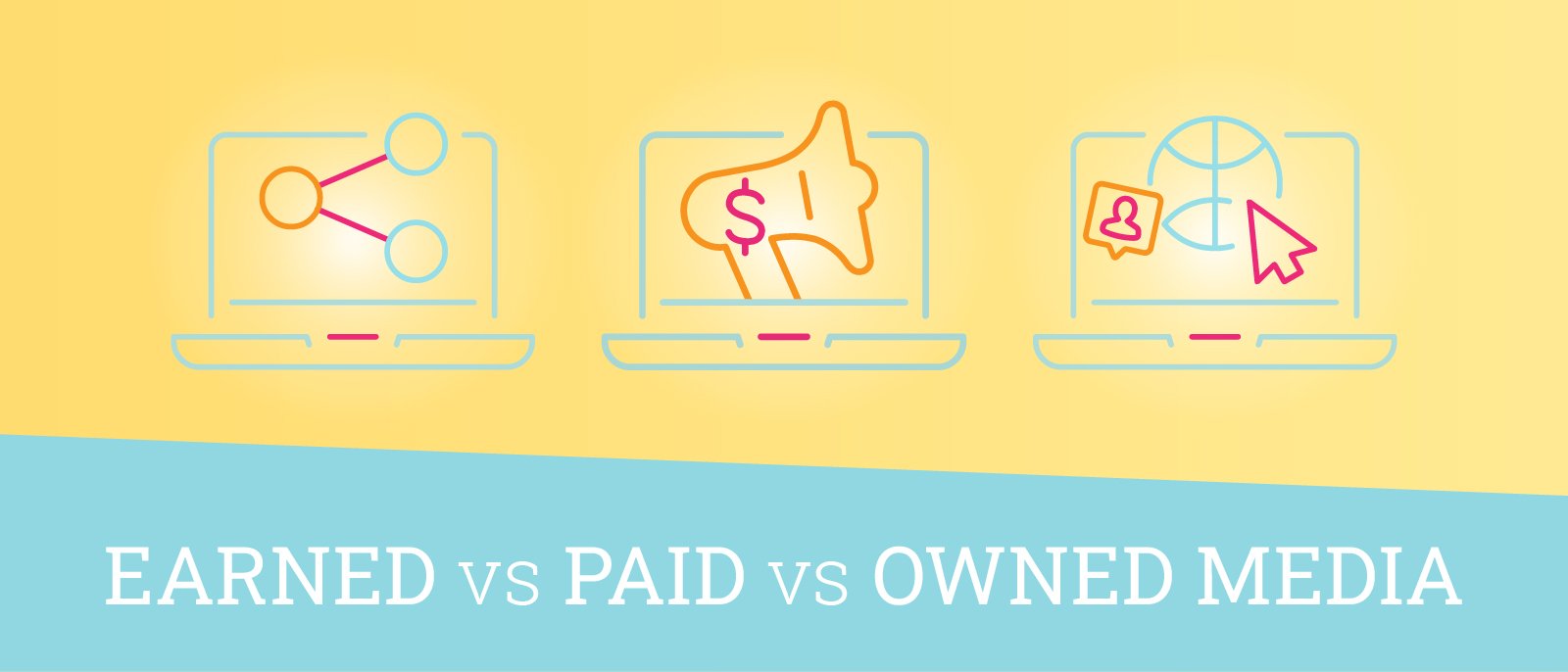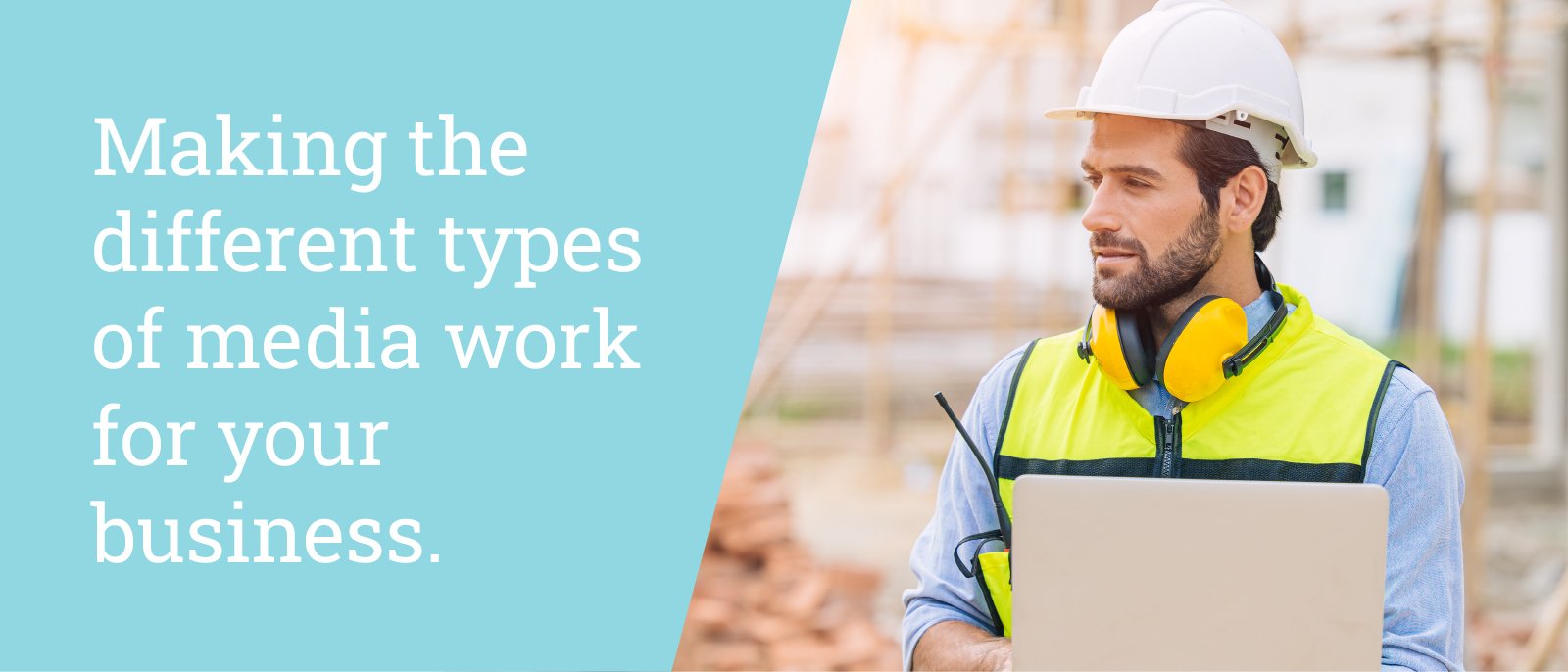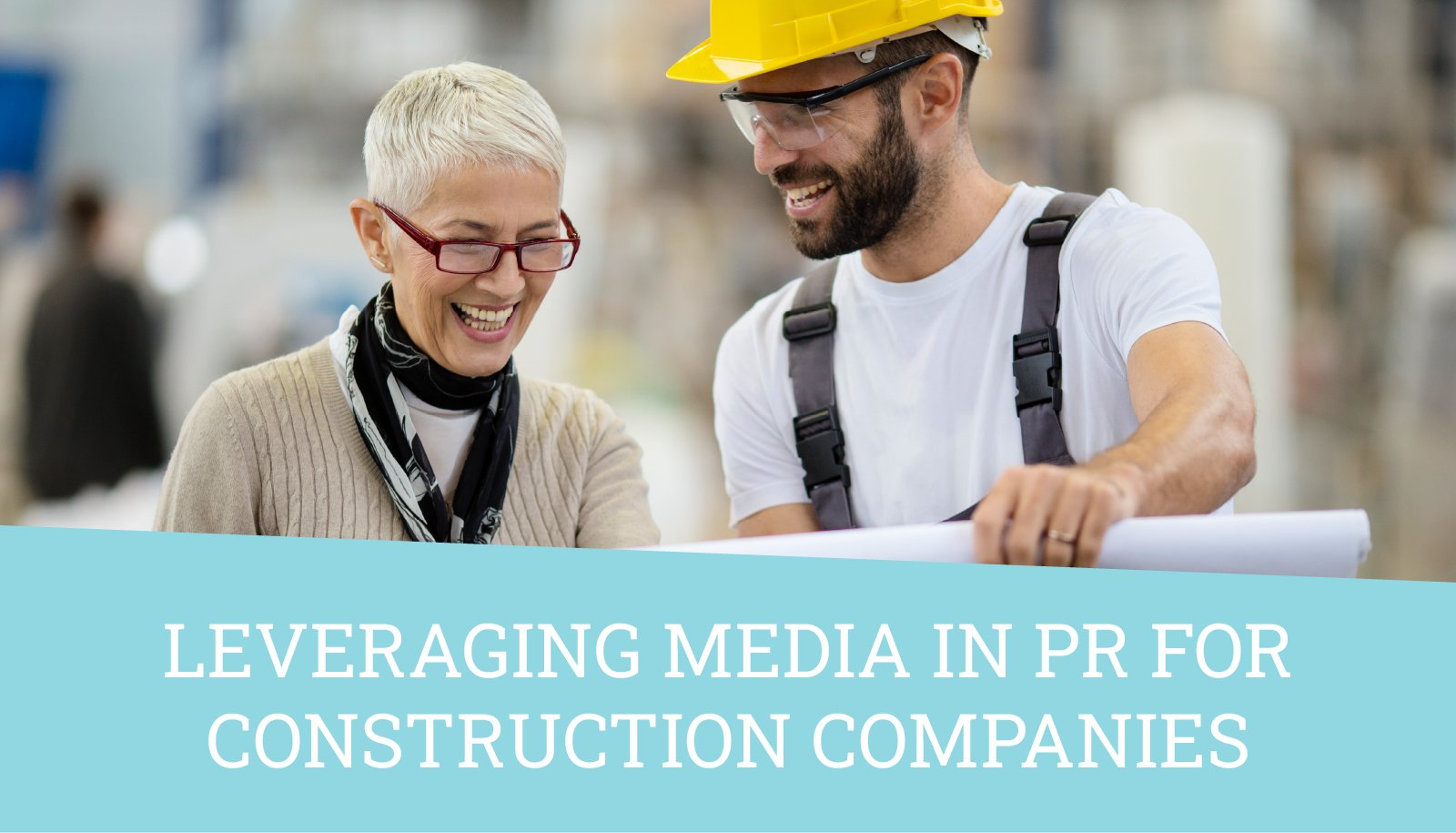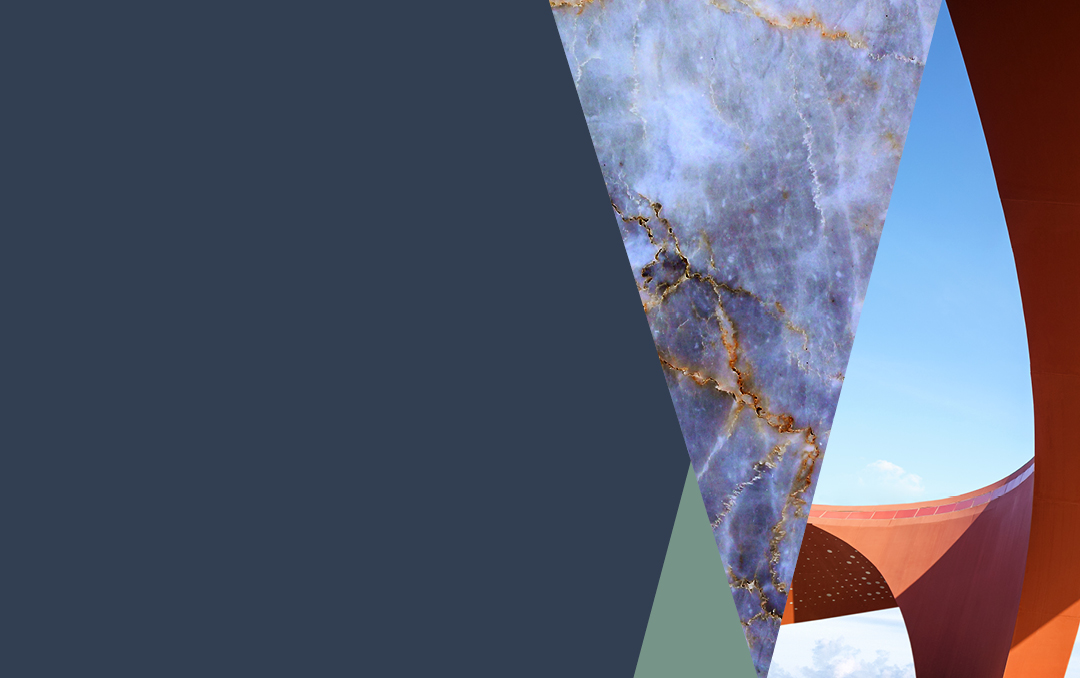Length: 7-minute read.
Quick Summary: Earned media, owned media, and paid media all deliver essential benefits to businesses when they’re used strategically. Creating a PR and marketing program that uses all three effectively can be challenging. It’s important to understand the differences between all three media types and their benefits to make them work for your business.
Earned media vs paid media vs owned media

Public relations (PR) is an essential tool that can help you get cut through with media and ensure your business’s news and announcements get in front of the people that need to see them: your current and future customers.
Historically, PR has been singularly focused on pitching stories and convincing a third-party, usually a journalist or analyst, to write an article that then runs in traditional media, including print and online news and industry publications. However, this is no longer the case as PR has evolved beyond pitching stories to secure coverage organically.
With a multitude of different media types and channels now available, PR professionals have more options than ever to help promote a brand. This includes the availability of different media types— earned media, paid media, and owned media—each of which has its own place in a PR strategy and its own benefits for your business.
Using all three media types to complement each other will help you get the most out of your PR investment. However, it’s essential to know which media type to use, when and why to ensure you’re using them effectively to promote brand awareness and drive greater opportunities for your business pipeline.
Each media type offers varying amounts of reach and scalability and uses different amounts of budget, time, and effort to create impact. Each is relevant to how your PR efforts help move customers through your sales and marketing funnels. So, what’s the difference?
What is paid media?

Paid media: this is when you pay money to use a third-party channel to share your messages. Examples of paid media include sponsorships, paid search results, and paid advertising in publications, websites, and social media networks. Paid media lets you more precisely target the unique audiences you want to reach and is ideal for reaching customers and prospects across every stage of your sales and marketing funnel.
What is owned media?

Owned media: this is content shared across locations your business fully controls. The most obvious example of owned media is your website. This can be complemented by blog sites and social media channels which extend your online presence beyond your website and are also examples of owned media.
Owned media can be a powerful tactic to help you engage audiences already moving through your funnel. This is because this audience already knows your brand and is ready to consume content that is a layer deeper than simple brand awareness.
What is earned media?

Earned media: this is any content generated for your brand that you haven’t written, published, or paid for directly. This is always published by a third party, such as media or analysts. It is considered ‘earned’ because, when third parties like what you’re saying or doing so much, they’re prepared to publicly endorse your brand. In essence, you’ve ‘earned’ their mention.
Examples of earned media include media coverage resulting from media releases and pitched content. This can also include organic influencer engagement and third-party social media posts. Earned media is ideal for attracting new audiences to the top of the sales and marketing funnel. The right media or influencer support could be crucial in spreading your brand’s reach to new audiences and boosting your brand’s credibility.
Making the different types of media work for your business

No matter the size of your business, using a mix of media types is a highly effective way to build brand awareness. While each has an individual role to play in amplifying brand awareness efforts, combining them and aligning all three with the rest of your B2B marketing services will deliver stronger results and a more cohesive overarching brand strategy.
An effective PR strategy will help you leverage all three types to get the most out of your corporate communications and generate positive, broad awareness of your brand. This is achieved by sharing important organisational stories, including company updates, with key media to secure earned media coverage and complementing this with paid media and owned media for maximum return on investment.
The works mainly because looking strategically at each media type and aligning strategies to use all three will ensure your messages are consistent across every platform. This means that whenever or wherever your current and potential customers look, they’ll always see the same consistent messaging about your brand.
Additionally, combining all three types of media is important to ensure that the right audience is seeing your content, and that enough numbers of the right audience see your content at the right time. Achieving that balance will deliver your business stronger brand awareness and better lead generation.
Leveraging media in PR for construction companies

Combining all three media types provides a highly effective strategy to grow your brand awareness and generate leads for your business. However, when it comes to developing a PR strategy that works, there are three things to consider:
1. Diminishing attention spans: average attention spans are diminishing. As such, your audience may skim over the content delivered through one media type, especially if they don’t have the time, patience, or attention to read and engage with it. Leveraging owned media, paid media, and earned media together can ensure that audiences will have the potential to engage with your content through another media type. For example, someone could easily miss your message in the news, but they might see it posted on LinkedIn.
2. The power of engagement: good PR agencies know that engaging content is the foundation for brand recognition. Today’s audiences read content on multiple platforms. While some audiences are loyal to a particular platform, they often skip between multiple platforms. Content must be engaging to help captivate readers, and if you use only one media type on its own, you could risk losing some of your audience’s attention.
3. The rule of seven: it’s often said that an audience needs to interact with your brand an average of seven times before making a purchase. By using a combination of owned media, earned media, and paid media strategically, you’ll increase the chances of your target audience seeing your brand and interacting with your content enough to consider engaging more with your business.
While successful businesses usually include all three media types in their PR plans, only some start with all three working together smoothly. It can take some testing and trialling to determine which combination impacts your brand awareness plans most. Working with a communications agency can help ensure your business gets the most out of its investment by strategically using owned media, earned media, and paid media.
While it can be argued that “any PR is good PR”, and you might find benefits in working with a generalist agency, the truth is that your business will get the most out of its PR investment by engaging an experienced PR agency that knows the ins and outs of your industry. They will also know how to make owned media, earned media, and paid media work the most effectively with your audience for you to succeed.
Write Away Communication—part of The Recognition Group, Australia’s leading group of PR and marketing specialists—has more than 35 years of experience helping organisations across Australia and New Zealand in construction, building, and home interior spaces reach their audiences and tell their stories. For more information on how we can help your business strategically use different types of media to reach the right audience at the right time, contact the team today.
Speak to a specialist about your Earned media, paid media, and owned media today










